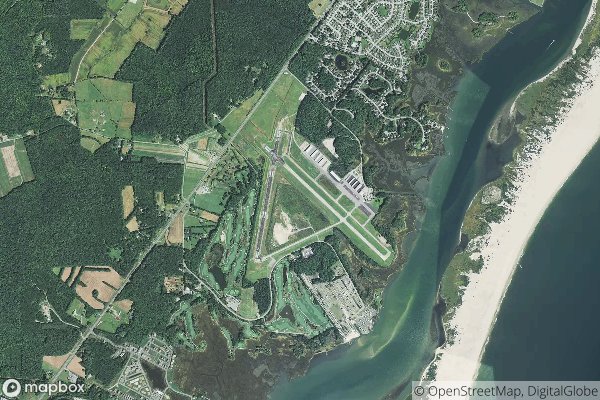| Location | Annapolis, Maryland |
| Major Airlines | N/A |
| Facilities | General aviation airport |
- See here the complete List Of All Airports In United States with Codes.
It’s no secret that airport codes can be confusing. From three-letter codes to seemingly random combinations of letters, it’s easy to see how travelers can become perplexed by the codes used to identify different airports around the world. In this article, we’ll take a closer look at the structure of airport codes, the challenges and confusions that can arise, and how to decode the ANP/KANP airport code.
## Decoding Airport Code
So, what do these seemingly random combinations of letters and numbers actually mean? Airport codes are typically assigned by the International Air Transport Association (IATA) and the International Civil Aviation Organization (ICAO). The codes are meant to provide a quick and efficient way to identify airports, and they often reflect the name of the airport or its location.
For example, the ANP/KANP airport code refers to Lee Airport in Annapolis, Maryland. The “ANP” portion of the code represents the city of Annapolis, while “KANP” is the ICAO code for the airport. By understanding the structure and meaning of airport codes, travelers can more easily navigate the sometimes confusing world of air travel.
## Operational Significance
In addition to helping travelers identify airports, airport codes also play a crucial role in aviation operations. Pilots, air traffic controllers, and airline staff all rely on these codes to ensure safe and efficient air travel. The codes are used for flight planning, navigation, and communication, making them an essential part of the aviation industry.
When pilots file flight plans, for example, they use airport codes to indicate their departure and destination airports. Air traffic controllers also use these codes to track and manage the flow of air traffic, while airline staff use them to identify gates, terminals, and other airport facilities. Without airport codes, the logistics of air travel would be far more complicated.
## History of Airport Codes
The history of airport codes dates back to the early days of commercial aviation. In the 1930s, airlines began using two-letter codes to identify airports, but as air travel expanded, this system became inadequate. In the 1940s, the IATA introduced the three-letter system that is still in use today. This system allowed for a much larger number of possible combinations, ensuring that every airport could be uniquely identified.
As air travel continues to grow and evolve, the importance of airport codes remains as strong as ever. By understanding the structure and significance of these codes, travelers can navigate the world of air travel with ease.
In conclusion, airport codes play a crucial role in the aviation industry, helping to simplify and streamline the complexities of air travel. By decoding the ANP/KANP airport code and understanding the broader significance of airport codes, travelers and aviation professionals alike can better appreciate the role these codes play in the world of air travel.



